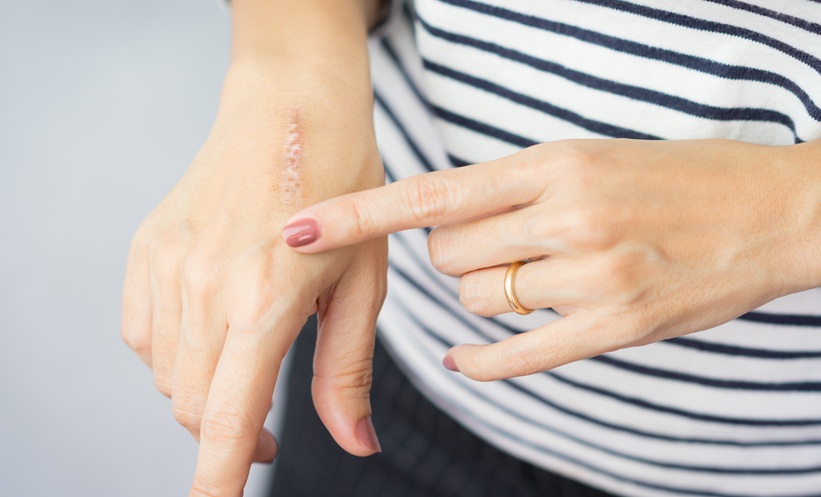RISK of developing melanoma can be predicted by counting the number of moles present on an individual’s right arm, according to the findings of a new study. Melanoma represents the majority of skin cancer deaths despite accounting for a relatively low percentage of all skin cancer cases. In Europe, there were estimated to be more than 20,000 deaths from melanoma in 2008, and more than 100,000 new cases were diagnosed in 2012.
Moles are a key indicator of an individual’s risk of melanoma. According to the lead author of the study, Dr Simone Ribero, Clinical and Research Fellow, King’s College London, London, UK, each additional mole on the body represents a 2–4% increased risk for melanoma. Counting the number of moles on an individual’s entire body is time consuming, however, and inconvenient in a primary care setting. Therefore, the researchers aimed to identify the best proxy site for estimating the number of moles on the whole body.
Data obtained from 3,594 female Caucasian twins from January 1995–December 2003 were analysed as part of the TwinsUK study. A count of the number of moles and freckles on 17 body areas was conducted and details of hair colour, eye colour, and skin type were noted. A subsequent study replicated the results in 400 male and female participants.
The results showed that the number of moles on an individual’s right arm was the strongest predictor of the overall mole count for the whole body. In women, a count of more than 7 moles on their right arm equated to a 9-fold risk of having at least 50 moles on their entire body, while a count of more than 11 moles was highly suggestive of a total of more than 100 moles on an individual’s body. Other body areas that proved significantly predictive of whole-body mole count included the right elbow, the legs, and, in men, the back.
“The findings could have a significant impact for primary care, allowing GPs to more accurately estimate the total number of moles in a patient extremely quickly via an easily accessible body part. This would mean that more patients at risk of melanoma can be identified and monitored,” said Dr Ribero.
(Image: freeimages.com)







